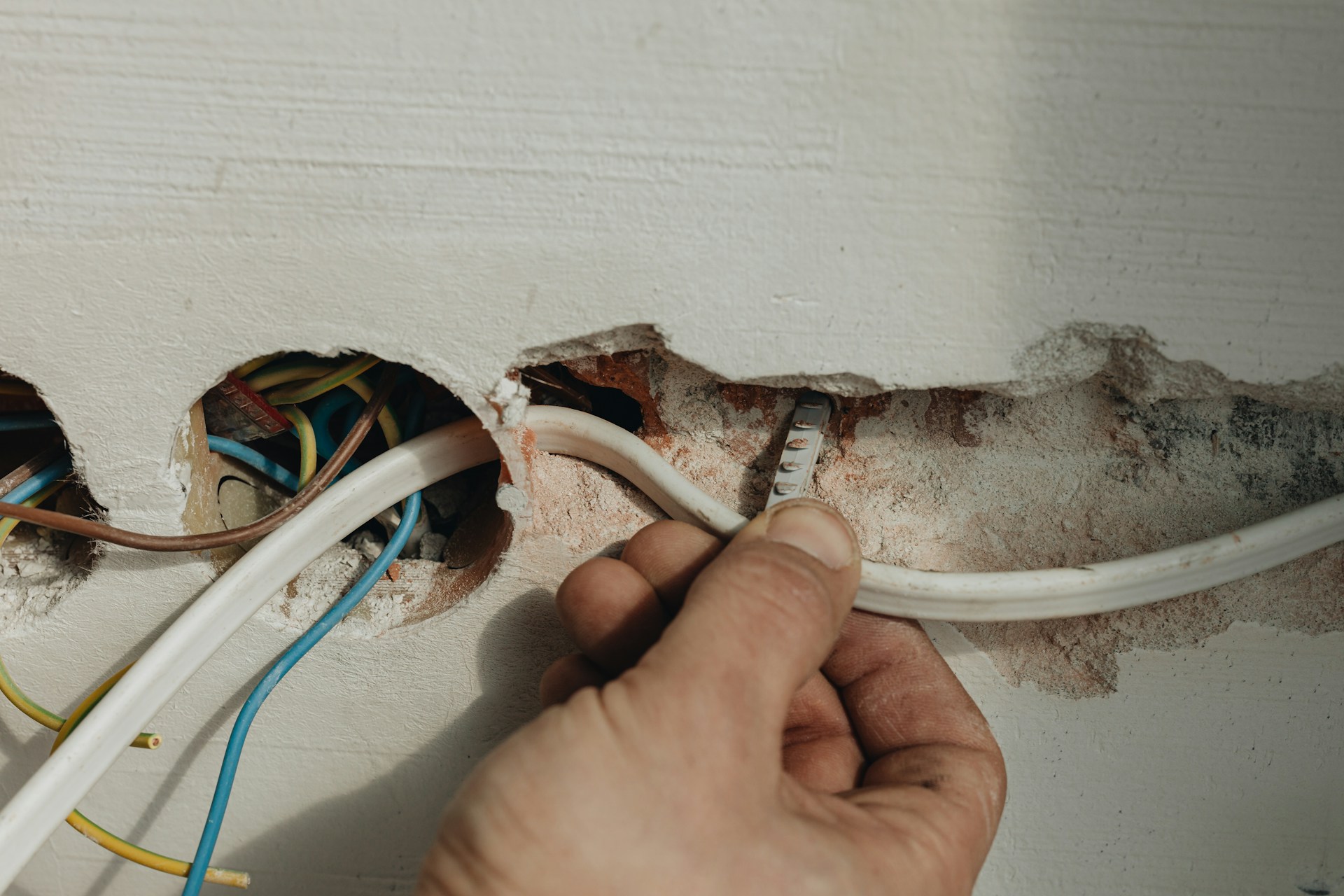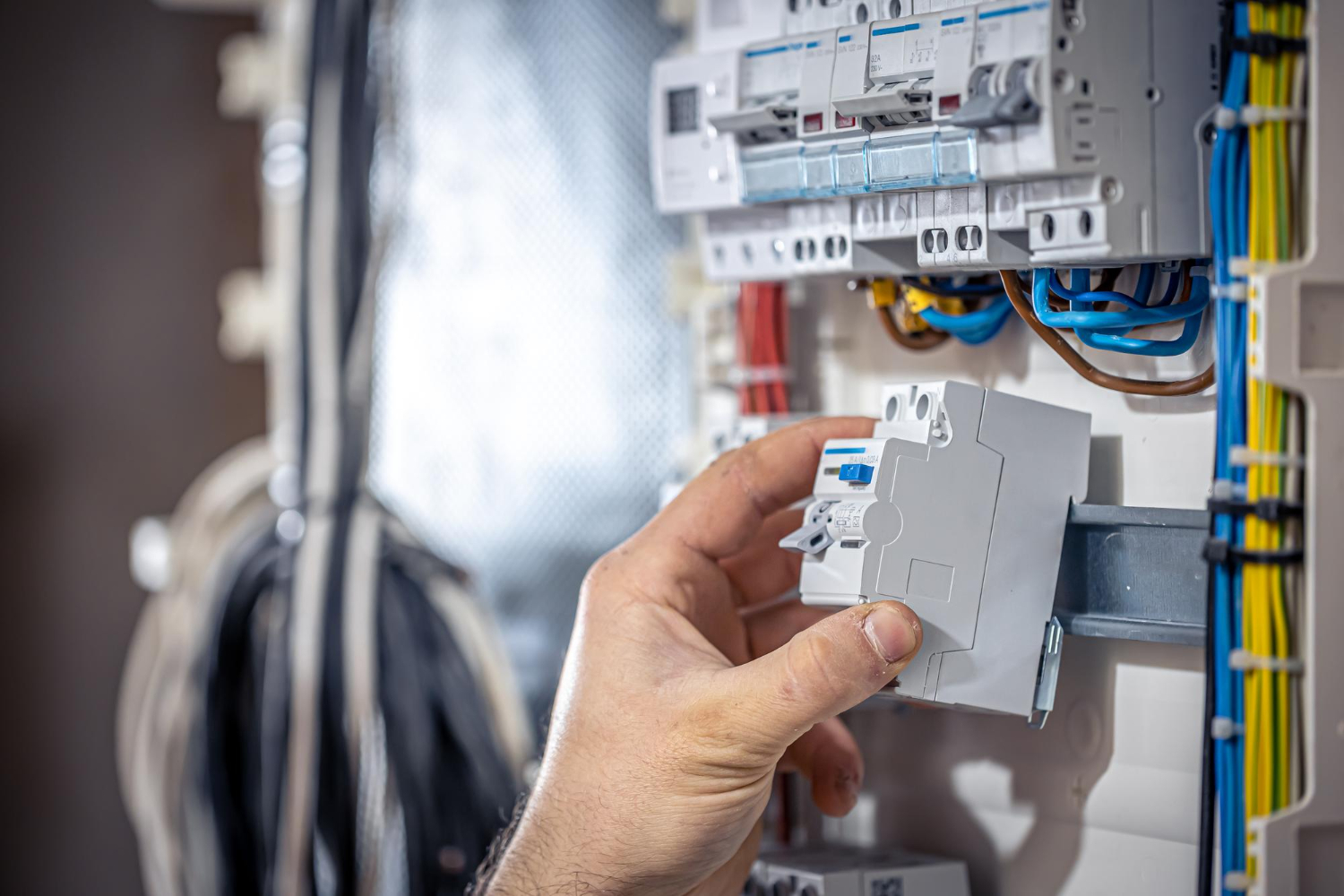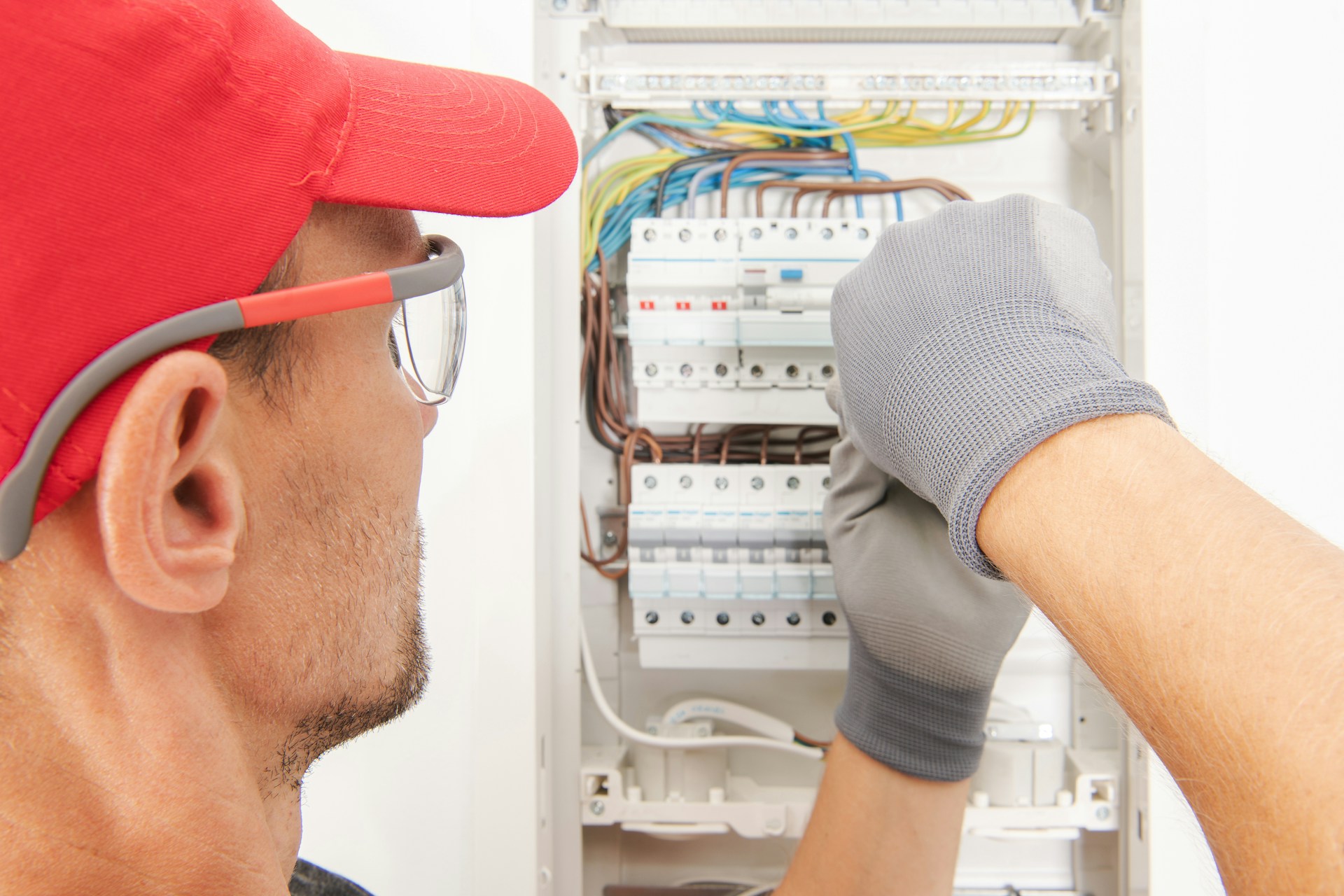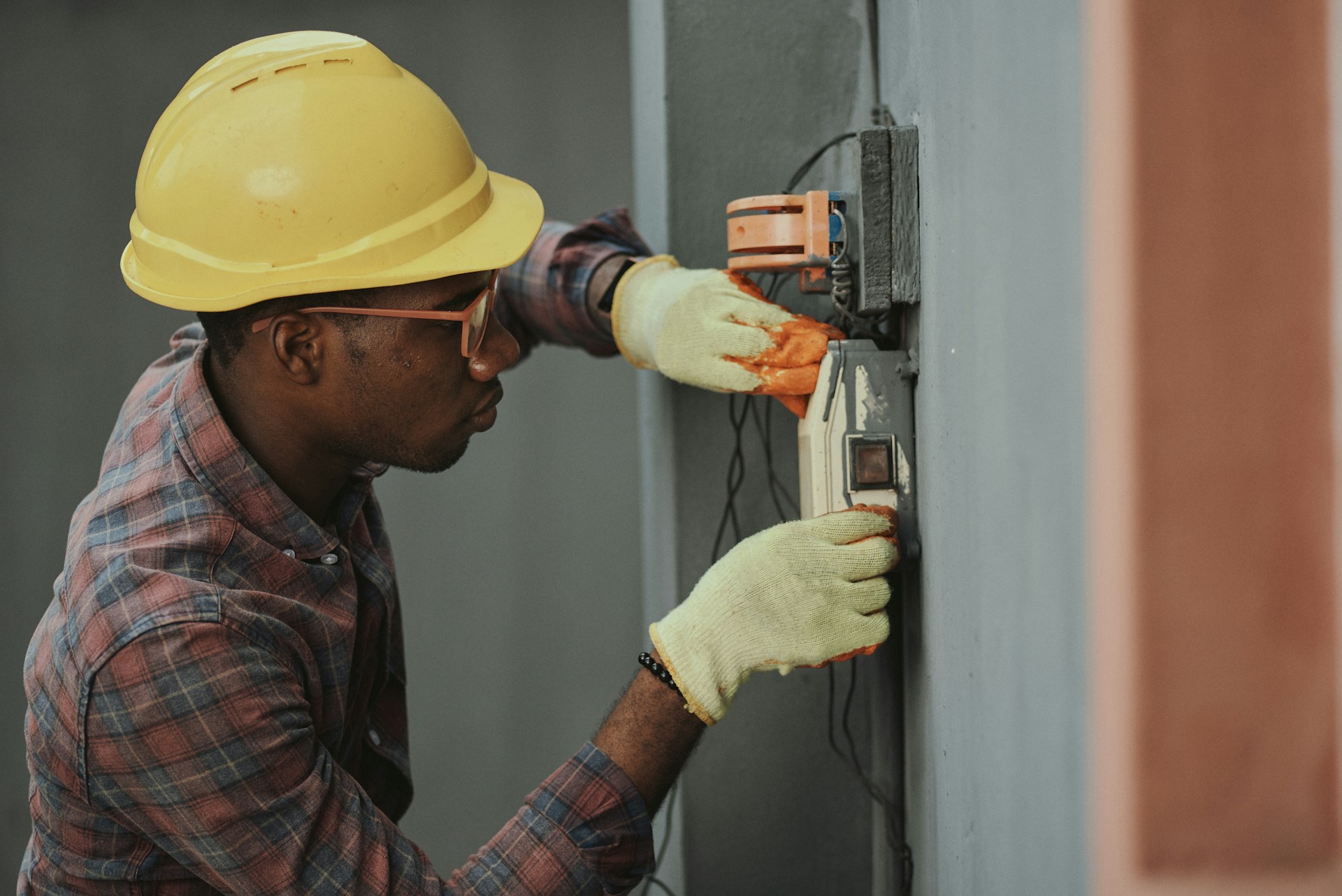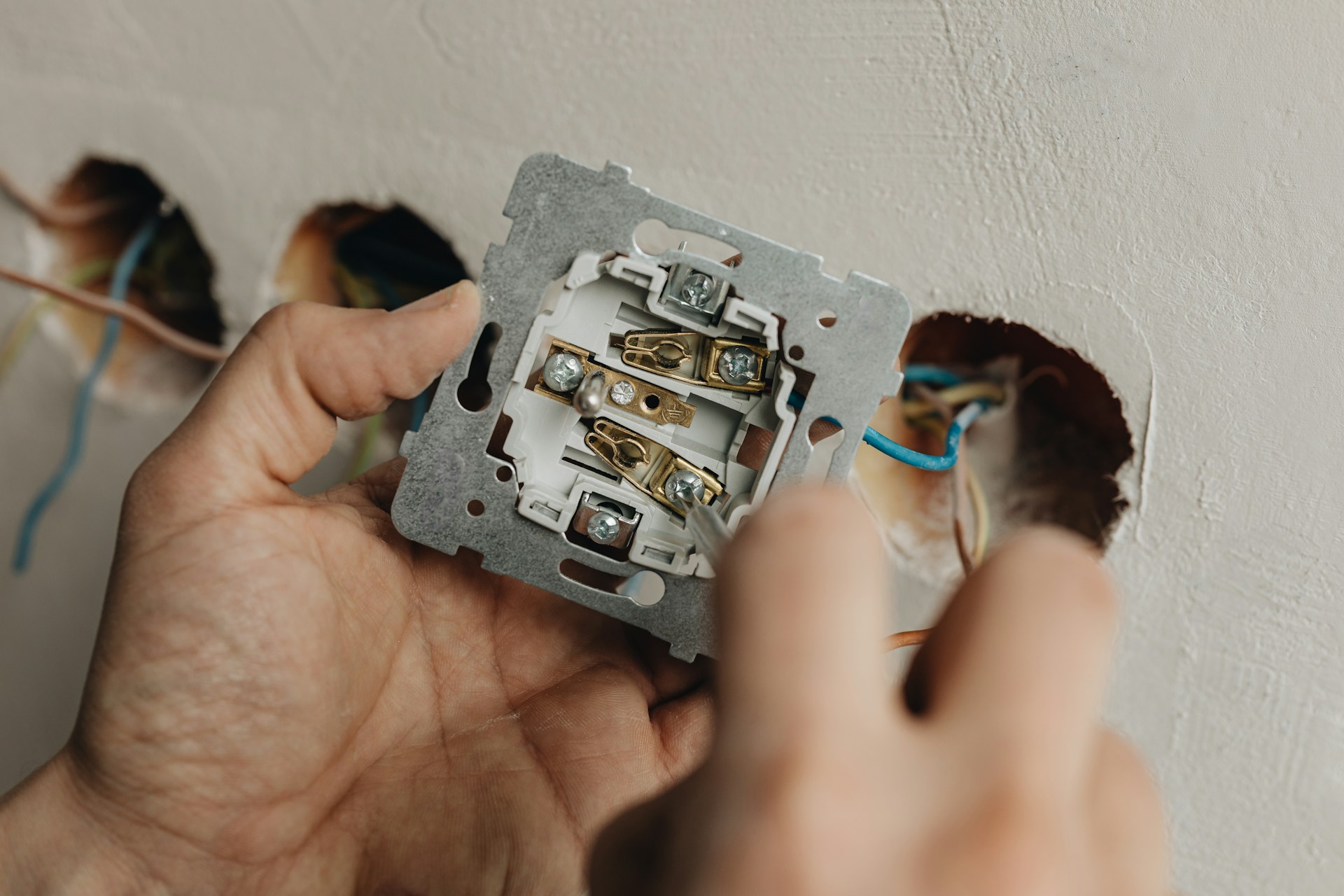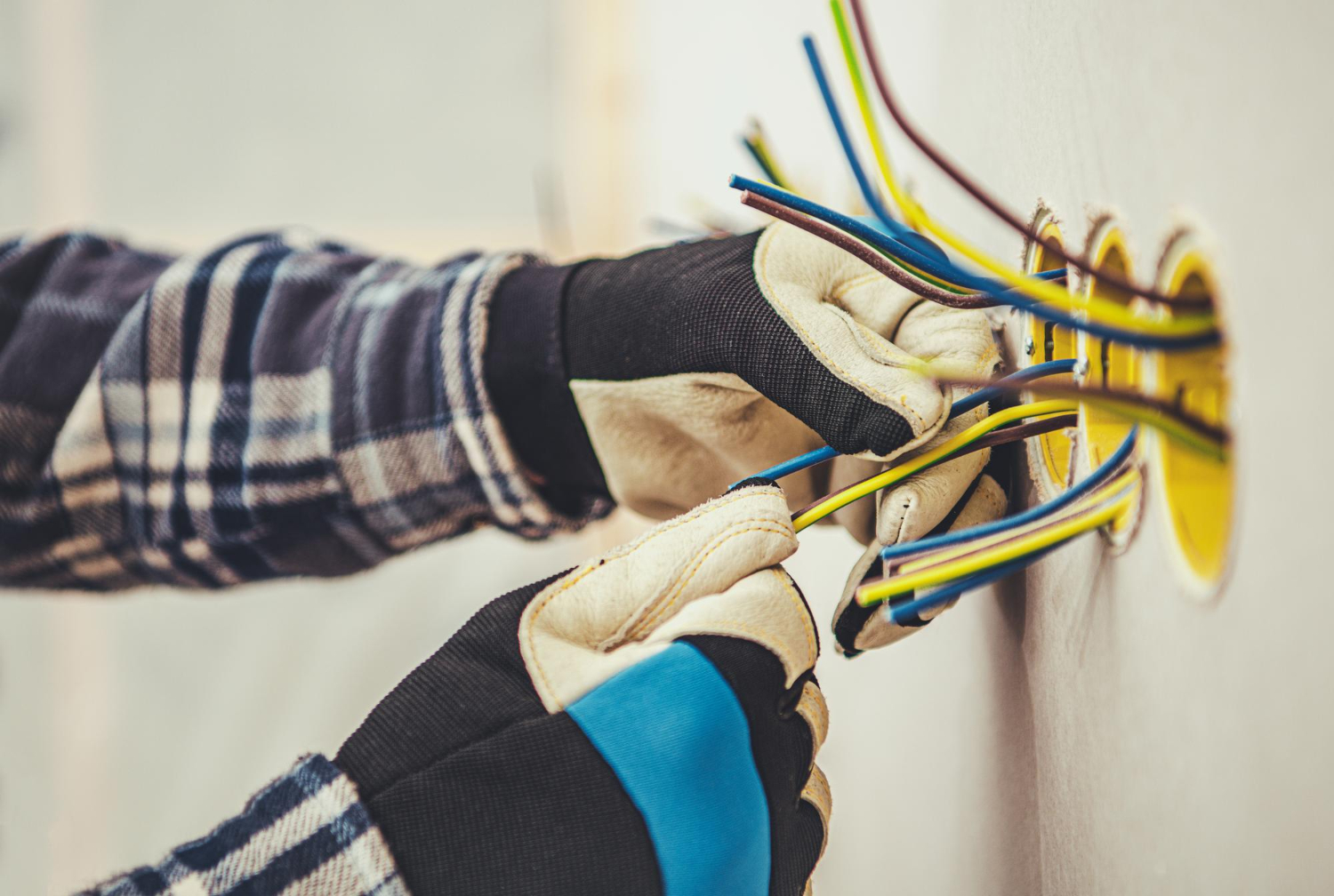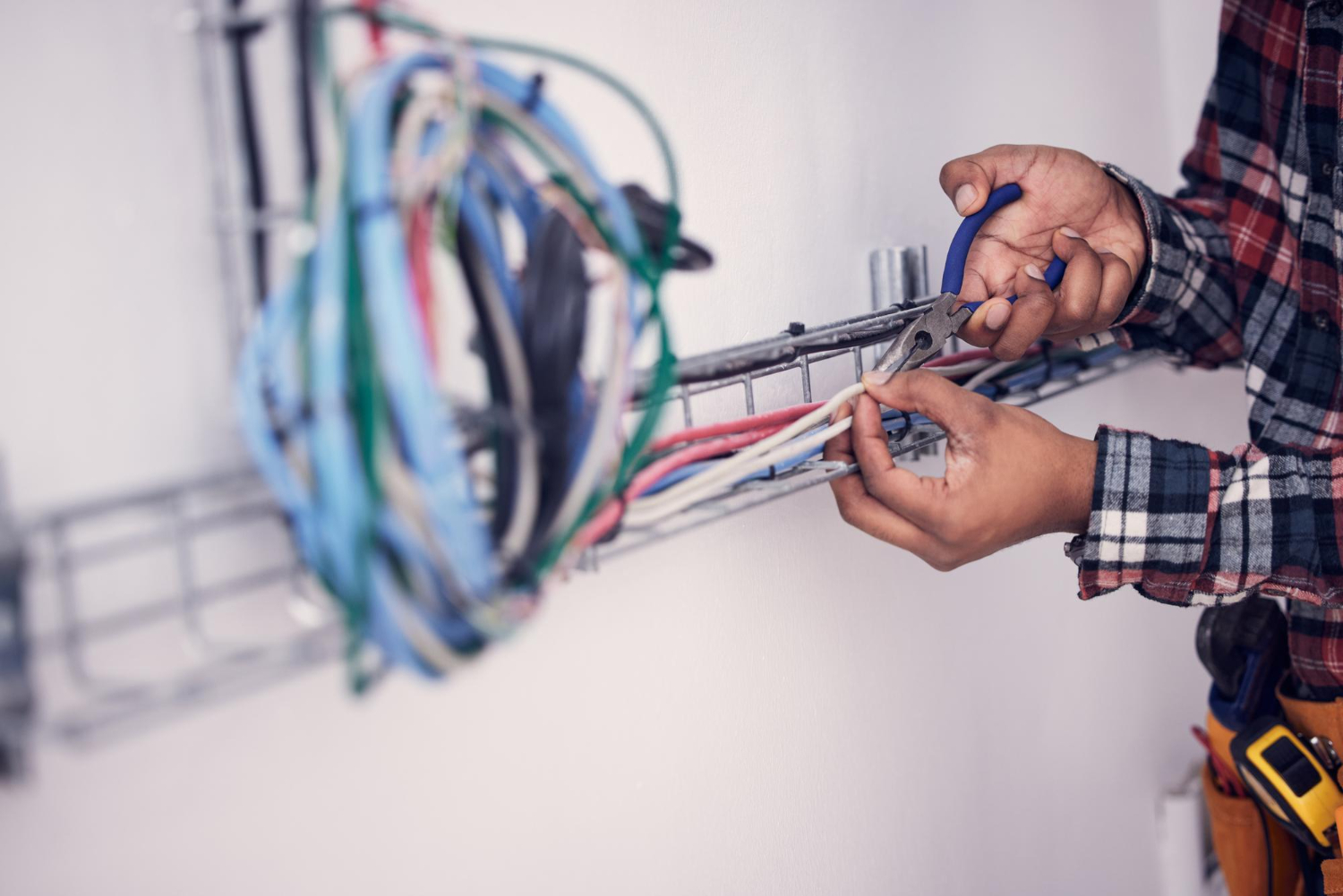Electrical problems can be frustrating and dangerous. Small issues like flickering lights can often signal bigger problems. Understanding the common electrical issues in your home and knowing how to fix them can help keep your home safe and your mind at ease. Simple fixes can make a big difference, and some might even save you a lot of trouble in the long run.
Many people face problems like flickering lights, faulty outlets, and tripped circuit breakers. These issues can disrupt daily life and sometimes even pose safety risks. The good news is that these common electrical problems often come with straightforward solutions. Knowing how to troubleshoot these problems can save you time and prevent potential hazards.
Preventing electrical overloads is another critical aspect of home safety. Overloaded circuits can lead to fires, so it’s essential to recognize the signs and take steps to avoid overloading your electrical system. By learning these tips and tricks, you can maintain a safe living environment for you and your family.
Flickering Lights and Their Solutions
Flickering lights can be annoying and sometimes a sign of bigger issues. If you notice your lights flickering, don’t ignore it. The problem could be as simple as a loose bulb or something more serious like faulty wiring.
Loose Bulbs or Fixtures: The easiest problem to solve is a loose bulb. Turn off the light and cool the bulb before screwing it in tightly. If that doesn’t work, check the fixture itself. It might have loose wiring. Secure any loose connections and see if the flickering stops.
Overloaded Circuits: Sometimes, flickering lights indicate overloaded circuits. This happens when too many appliances run on the same circuit. Try unplugging some devices to see if it fixes the problem. You can also redistribute your devices across different outlets or circuits to balance the load.
Electrical Wiring Issues: If the above solutions don’t work, the issue might be in the wiring. Old or damaged wires can cause lights to flicker. This is more serious and requires professional help. It’s safer to call an electrician if you suspect wiring problems to prevent potential fire hazards.
Troubleshooting Electrical Outlets
Malfunctioning electrical outlets can be a big inconvenience. Sometimes outlets don’t work at all, while other times they might spark or make buzzing noises. Knowing how to troubleshoot these issues can make your home safer.
Check Other Outlets: First, check if other outlets in the room are working. If multiple outlets are dead, the problem might be with your circuit breaker. Resetting the breaker might solve the issue. Locate your breaker panel and flip the switch associated with the affected area.
Test the Outlet: Use a voltage tester to see if the outlet has power. If there’s no power, you may need to replace the outlet. Turn off the power at the breaker, remove the cover plate, and unscrew the outlet. Check the connections and replace any damaged parts.
Loose or Damaged Wires: Loose or damaged wires can cause outlets to malfunction. Turn off the power and remove the outlet cover. Check for any visible issues like frayed wires or loose screws. Tighten loose connections and replace damaged wiring.
Ground Fault Circuit Interrupter (GFCI): If you have GFCI outlets, check if they have tripped. These outlets have “reset” and “test” buttons. Press the “reset” button to restore power. If it keeps tripping, there might be a ground fault or a more serious issue that needs professional attention.
By understanding these common problems and their solutions, you can fix many electrical issues on your own and keep your home safe. Always remember, safety first—if you’re unsure, it’s best to call a professional.
Fixing Circuit Breaker Issues
Circuit breakers protect your home by cutting power when electrical circuits overload. If your circuit breaker keeps tripping, it can be a sign of a problem. Learning how to fix these issues can help you avoid bigger problems down the road.
Identify the Overloaded Circuit: First, identify which circuit keeps tripping. Your breaker panel should have labels indicating which rooms or areas each breaker controls. If you notice certain appliances causing the trip, unplug them and spread out your electrical load.
Inspect for Short Circuits: Short circuits can cause breakers to trip. A short circuit happens when a hot wire touches another hot or neutral wire. Inspect your outlets and appliances for any burnt marks or unusual smells. If you find damaged wires, they need replacement right away.
Replace Faulty Appliances: Sometimes, appliances can be the reason your breaker trips. Unplug appliances one by one and reset the breaker to see if the issue stops. If an appliance causes the trip, it might need repair or replacement.
Upgrade the Breaker Panel: An old or faulty breaker panel can cause frequent trips. If your home has an older electrical system, it might be time for an upgrade. This task should be done by professionals to ensure it’s safe and up to code.
Preventing Electrical Overloads
Electrical overloads occur when too many devices draw power from the same circuit. This can lead to tripped breakers or even electrical fires. Knowing how to prevent overloads keeps your home safe.
Distribute Your Devices: Spread out your devices across different outlets and circuits. Avoid plugging too many high-wattage appliances into a single outlet. This simple step can help prevent overloading.
Install More Outlets: If you find you’re always out of outlets, consider having more installed. This can help distribute the electrical load. Professional electricians can add outlets to areas where you need them most.
Avoid Using Too Many Extension Cords: Extension cords are handy but can be dangerous if overused. They should be used temporarily, not as a permanent solution. If you rely on them often, it indicates a need for more outlets.
Upgrade Your Electrical System: Older homes may have outdated electrical systems that can’t handle modern electrical loads. Upgrading your electrical system can help meet the demands of today’s appliances and technology. This upgrade should be done by a professional to ensure safety.
Conclusion
Dealing with common electrical problems doesn’t have to be daunting. Understanding issues like flickering lights, faulty outlets, tripping circuit breakers, and preventing electrical overloads can make your home safer and more efficient. Remember, safety comes first. If you’re ever unsure about handling an electrical problem, it’s best to consult a professional.
Looking for expert assistance and reliable service? Turner On Services provides top-notch electrical and professional HVAC services. Call our Milford electrician today to schedule an appointment and ensure your home runs smoothly. Your comfort and safety are our top priorities.


